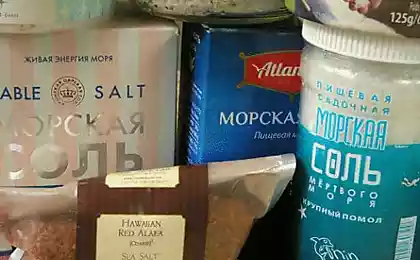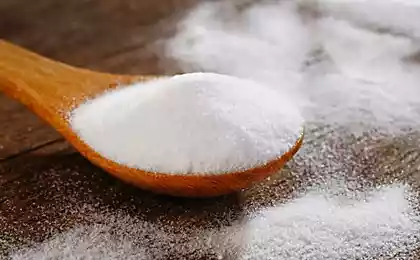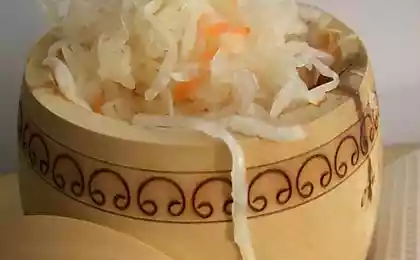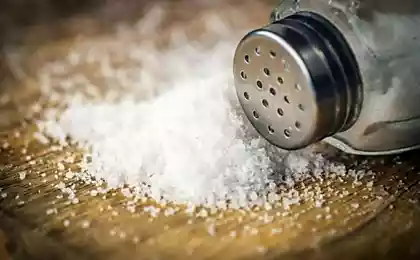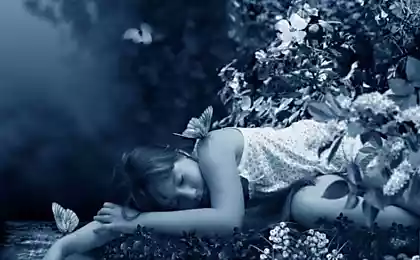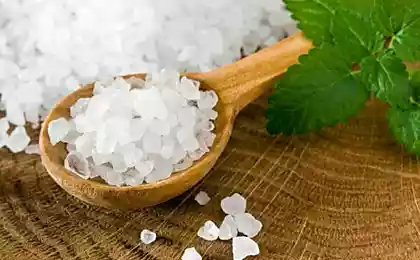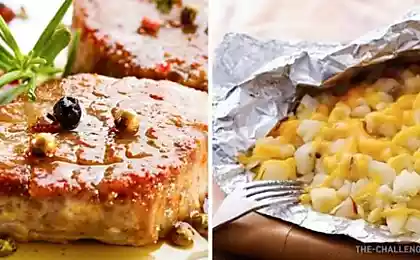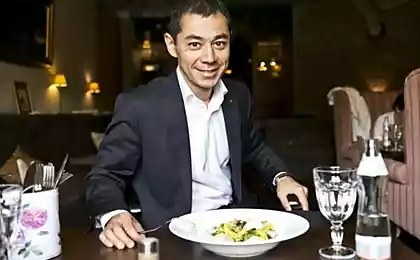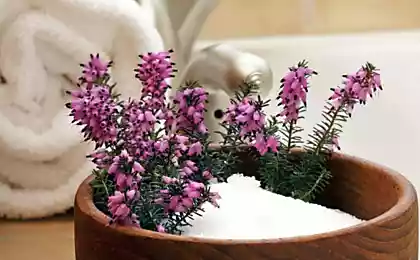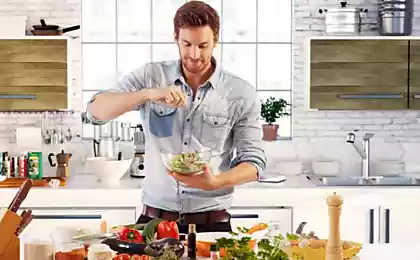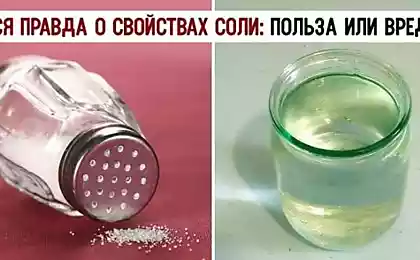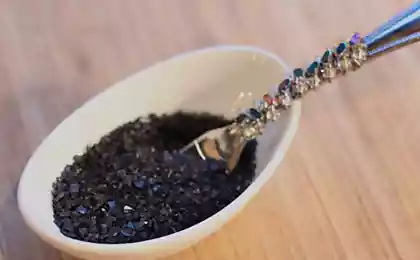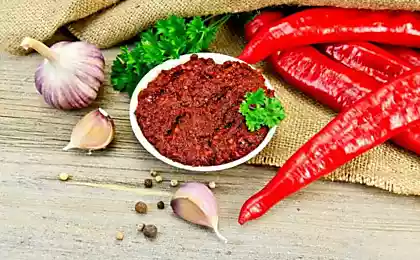918
The kingdom of salt (58 photos)
Salar de Uyuni (Spanish. Salar de Uyuni) - a dried-up salt lake in the south of the desert plains of the Altiplano in Bolivia, at an altitude of 3650 m above sea level. Has an area of 10,582 square kilometers and is the largest saline in the world. The main minerals - halite and gypsum. The inner part is covered with a layer of salt thickness of 2-8 m. During the rainy season is covered by a thin layer of saline water and turns into the world's largest mirror surface.
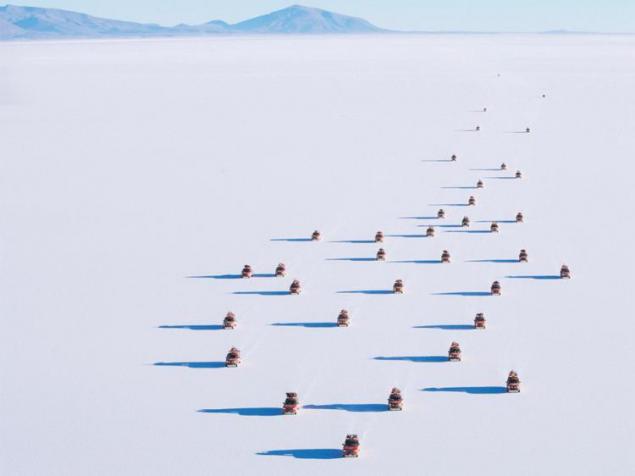
About 40 thousand. years ago, this area was part of Lake Minchin (which itself was allocated from the ancient lake Ballivyan). After it dries left two currently existing lakes Poopo and Uru Uru Lake, and two large salt marsh: the Salar de Uyuni and Koypasa. Uyuni area about 25 times larger than the area of the dry lake Bonneville in the US.
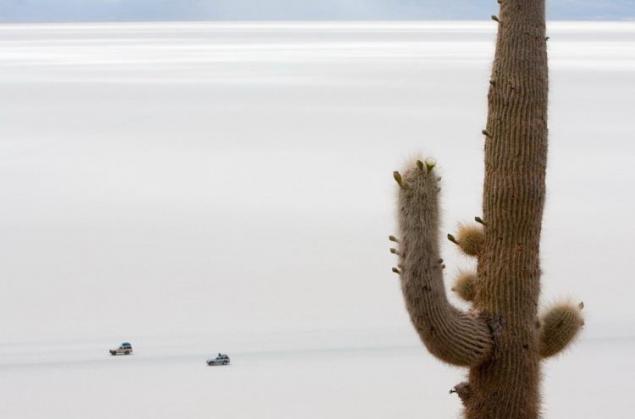
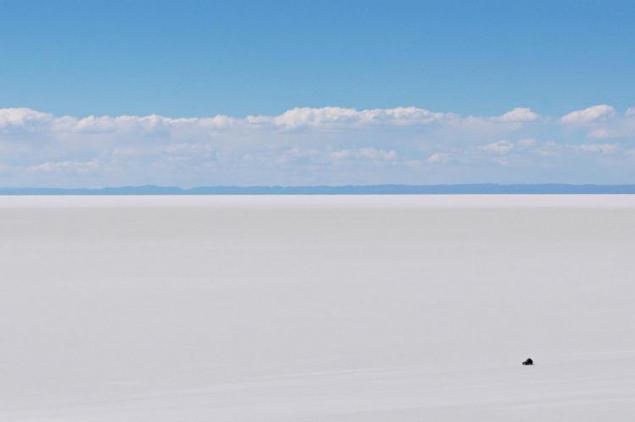
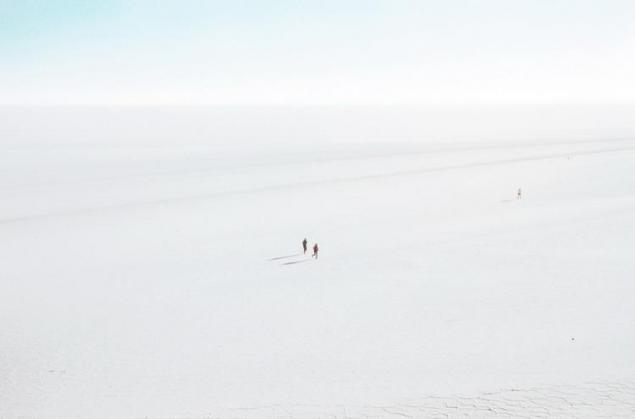
In the midst of endless space seems as if the mirror was on another planet or is the end of the world.
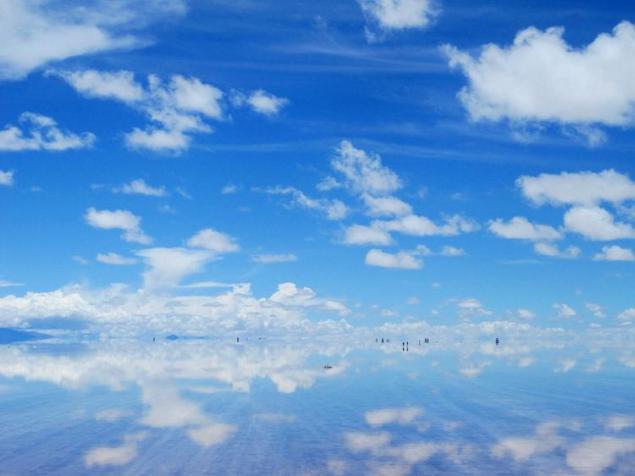
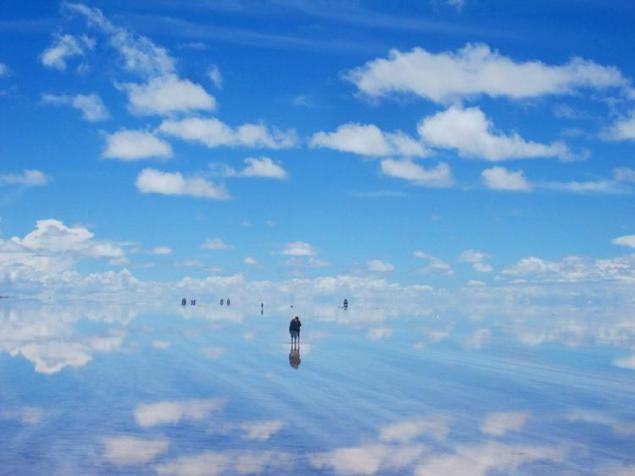

Due to the large size, flat surface and high albedo in the presence of a thin layer of water, as well as the minimum deviation of height, Salar de Uyuni is the perfect tool for testing and calibration of remote sensing instruments on orbiting satellites. Clear skies and dry air Uyuni allow to calibrate satellites five times better than if you had used the ocean surface.
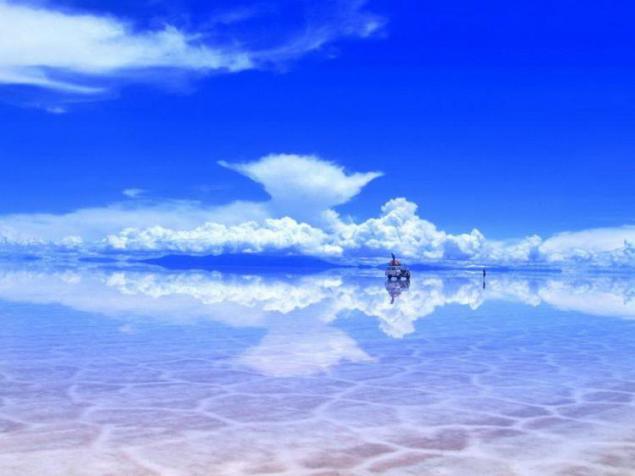
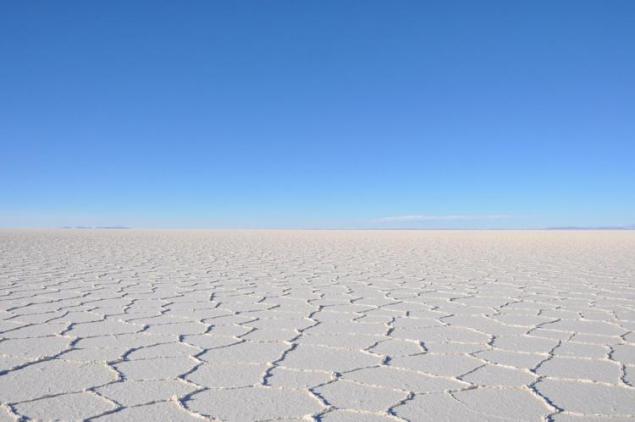
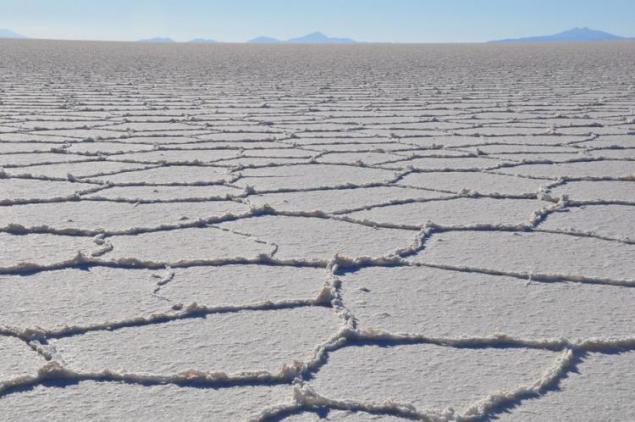

After a trip solonchak car completely covered with salt and is subject to a total wash.
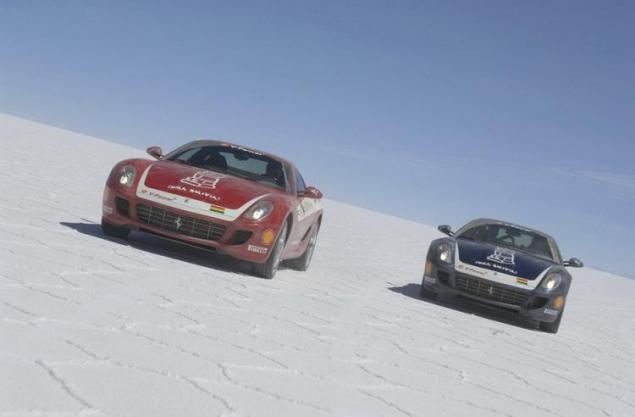
Due to its flat surface of Salar de Uyuni is the main transport route in the Altiplano. Next to the salt marsh is being constructed international airport capable of receiving long-haul aircraft. Its opening is planned in 2012.

In the center of the salt flats have salt hotel, and next here is the construction of salt blocks, which come from all over the world tourists placed the flags of their countries. KAKS see, there is the Russian flag.
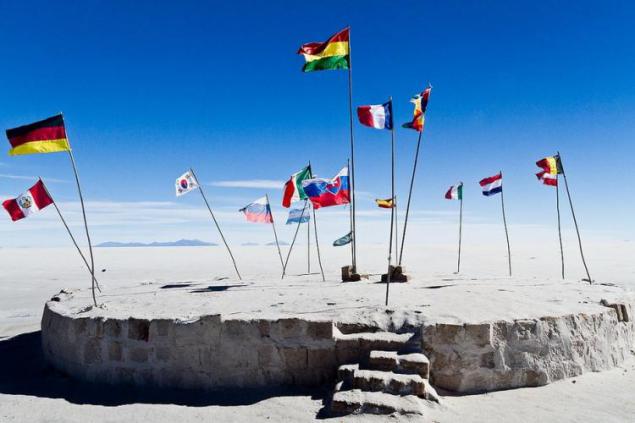
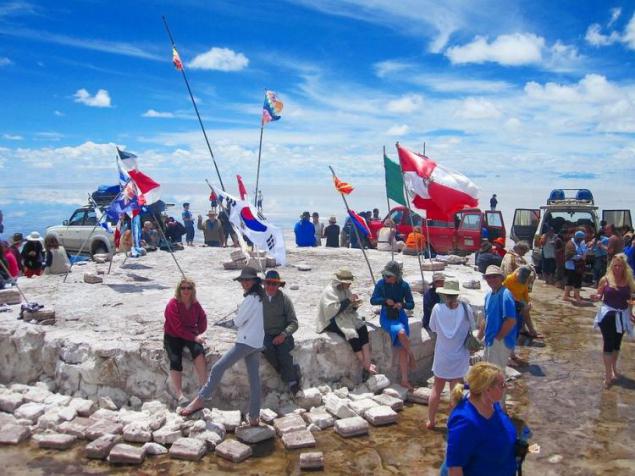
Salar de Uyuni contains a supply of about 10 billion tons of salt, of which the annual production of less than 25 thousand. T.
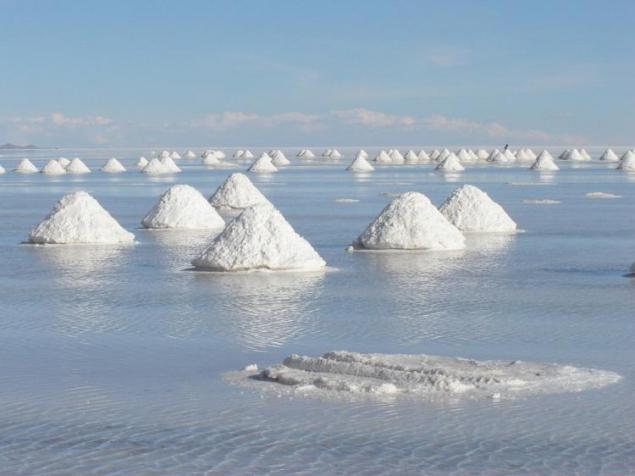
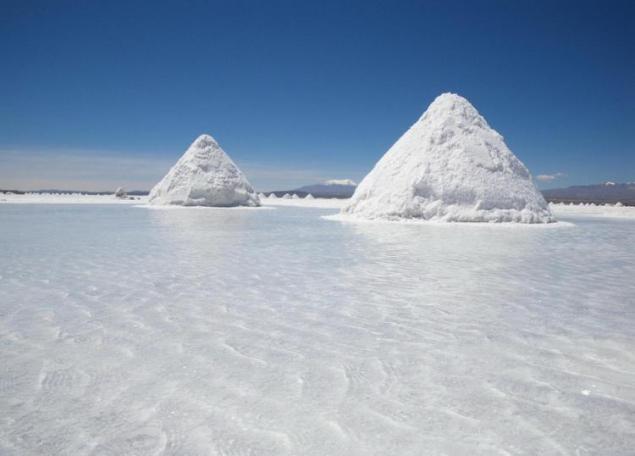
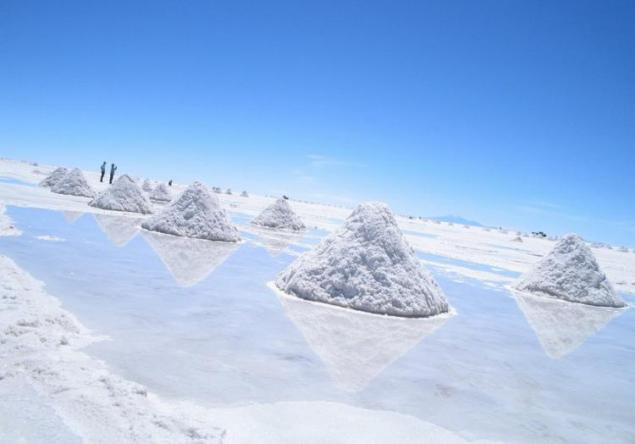
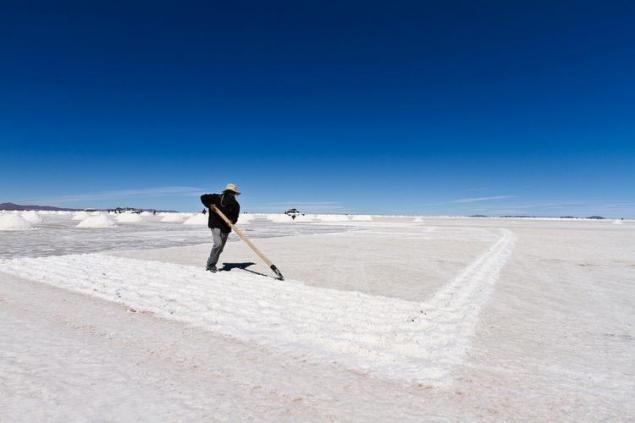
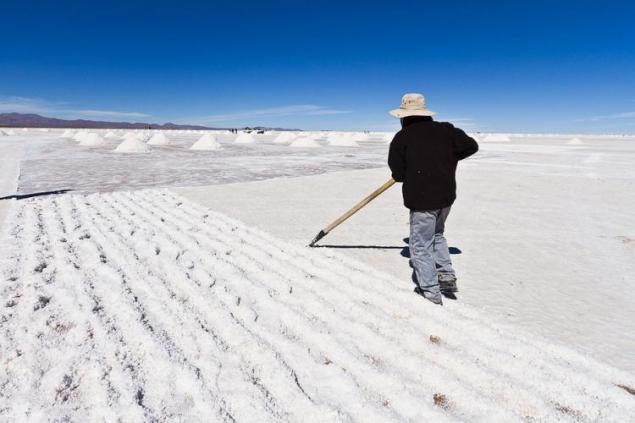
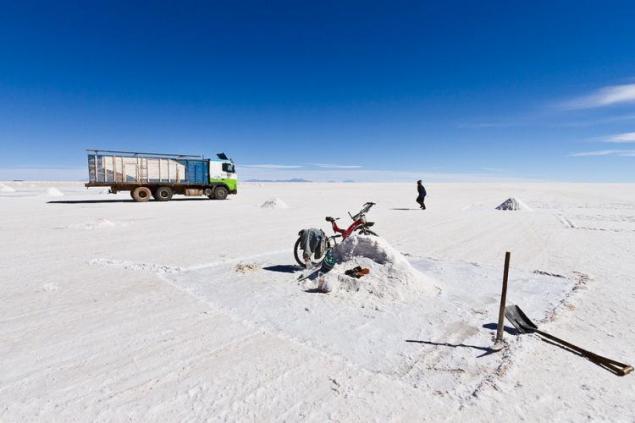
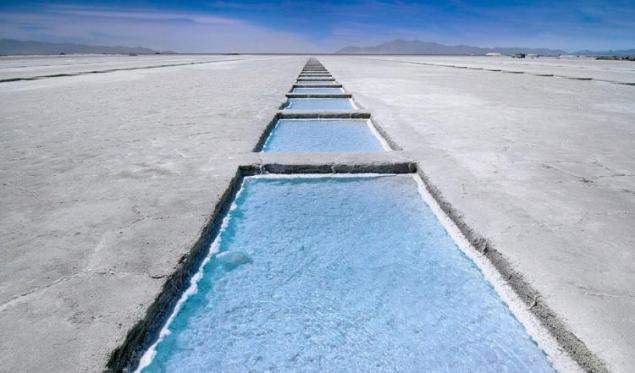
Hotels here are built of salt, more precisely, from salt blocks. Tables, chairs, beds and other furnishings are also made of salt. And the walls are covered with ads polite request did not lick. Spend the night in a hotel is 20 dollars.
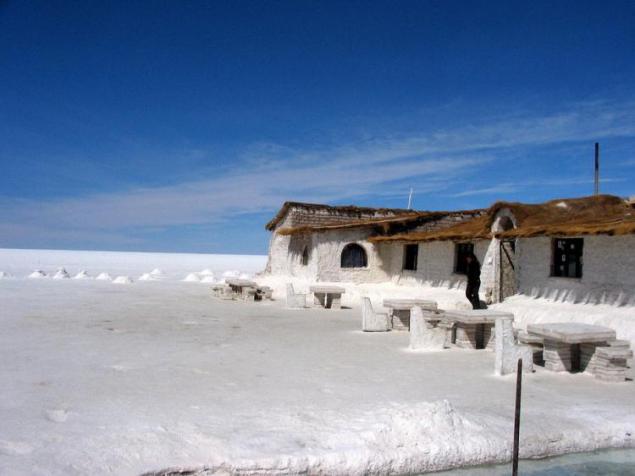
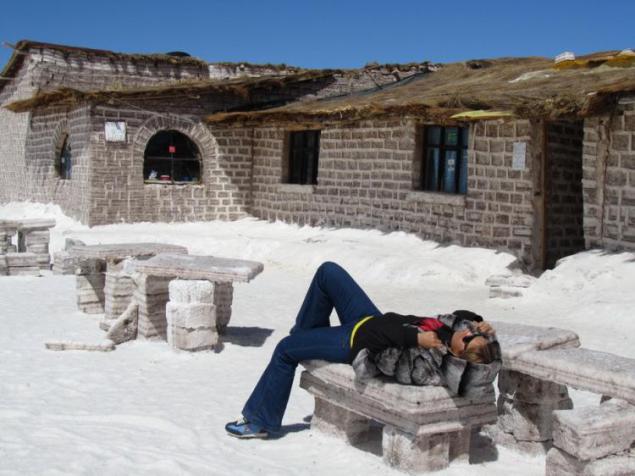
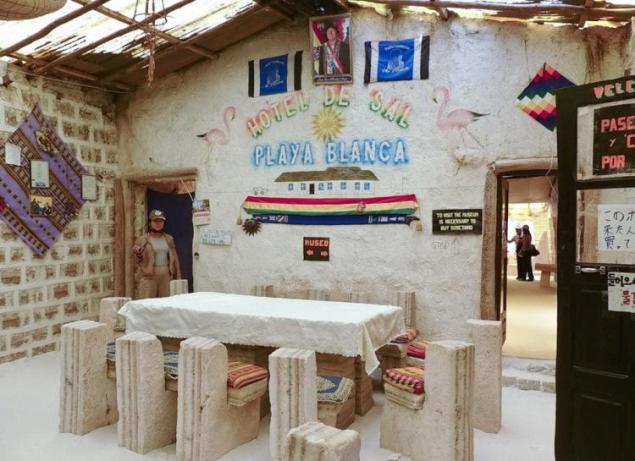

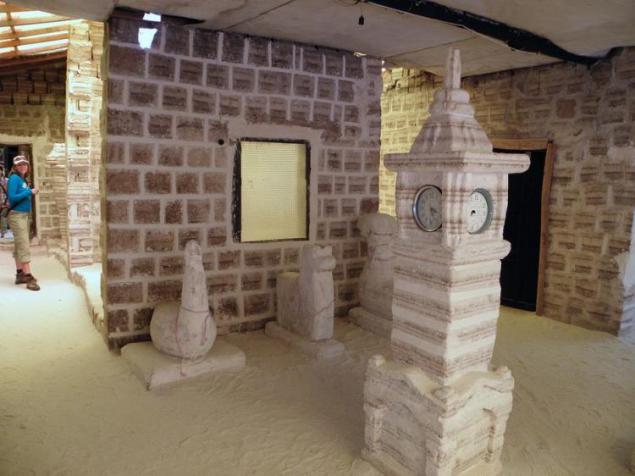
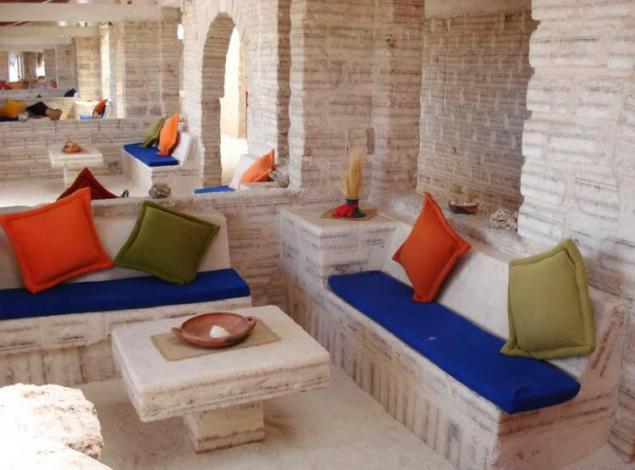
Salt restaurant. If suddenly the food would be salted insufficiently, and salt shakers will not close, you can lick the table.
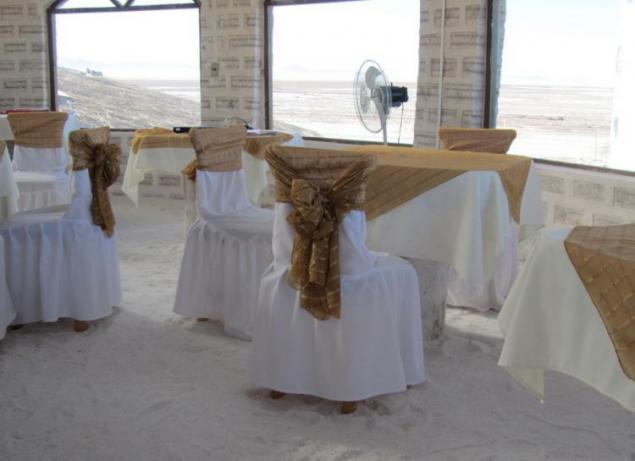
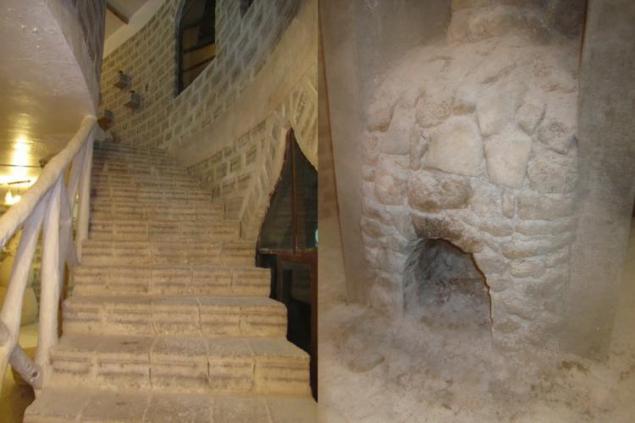
Salt sculptures.

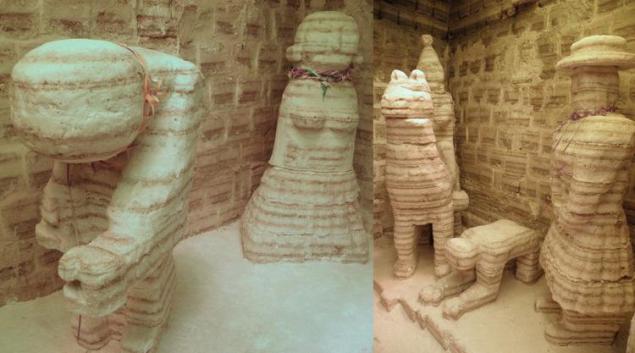
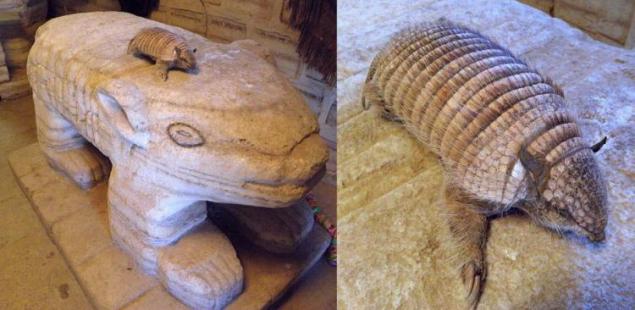
Despite the harsh conditions, this salt marsh grow several species of cacti, as well as live and breed rare species of hummingbirds, three types of flamingos, owls and other wildlife.


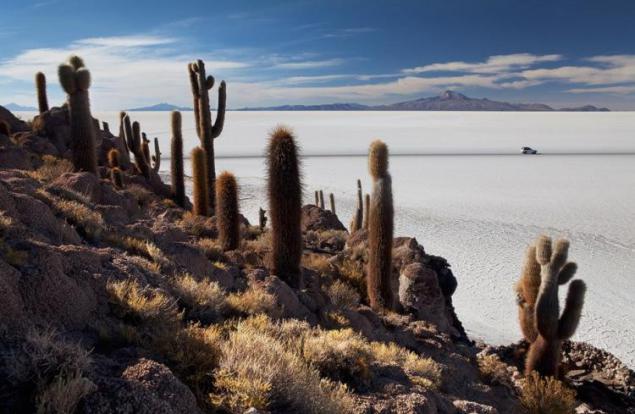
Every year in November at the Salar de Uyuni arrive on reproduction are three types of South American flamingos - Chilean flamingo, Andean flamingo and James flamingo.

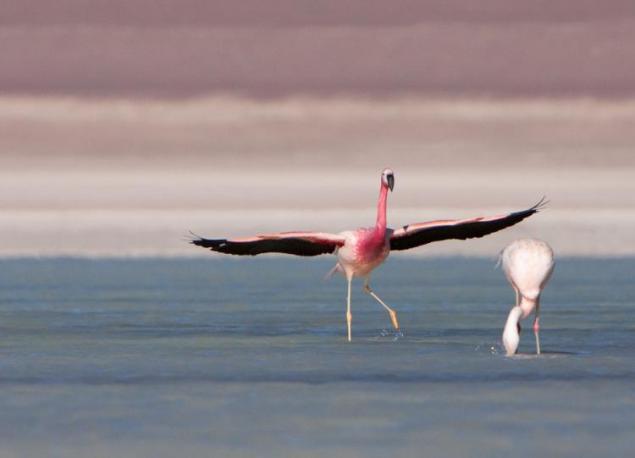

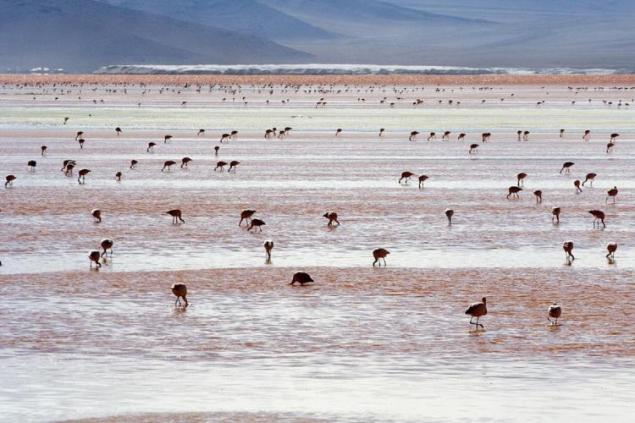
Instead of sheep in these parts alpacas. Of alpaca make warm and soft comforters, blankets, clothing and fur items for the home. Alpaca fleece has all the features, but much lighter weight.
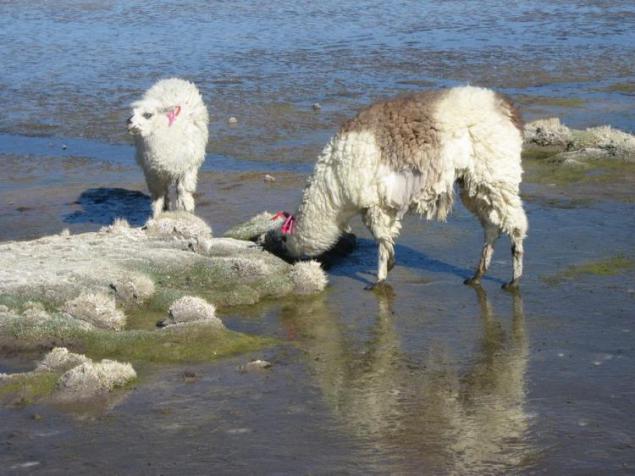

Rope tied seems to have been visible from afar.

One of the attractions of the marsh, which is also visited by tourists is the cemetery of steam locomotives, located near the ways Ferrocarril de Antofagasta a Bolivia in 3 km from the town of Uyuni. On the "cemetery" rest locomotives named railroad train of delayed from the service in 1950. When mining minerals in the surrounding mines plummeted. In 2006, the local government adopted a 15-year program of development of the region, one of the points which is the transformation of "cemetery" in the open-air museum.

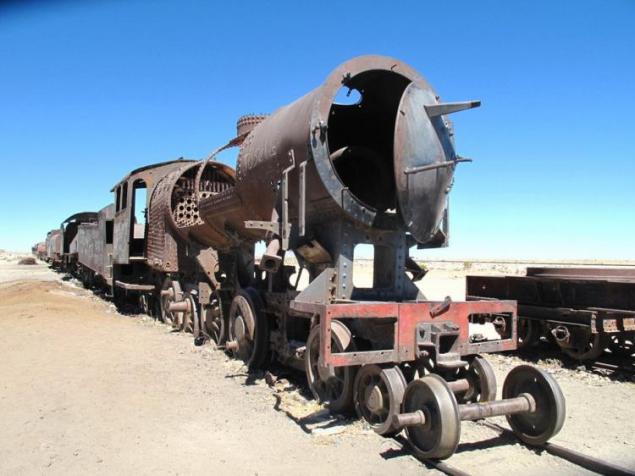
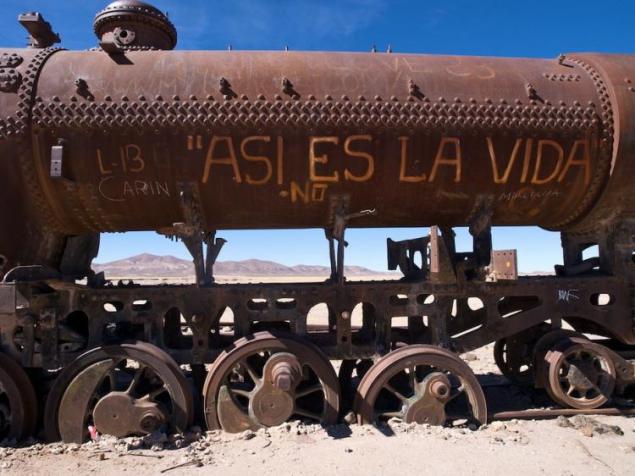
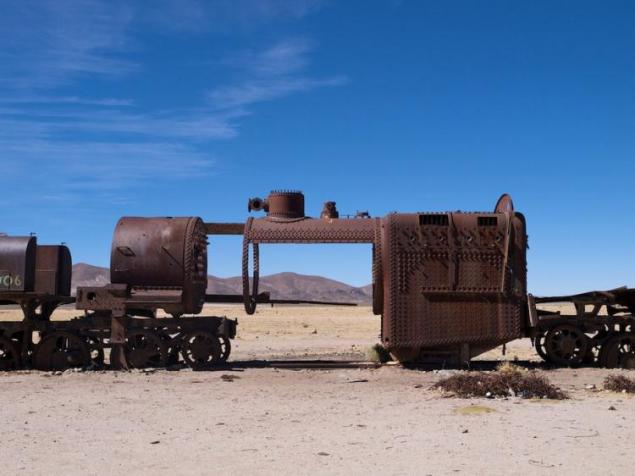
Next to the salt marsh is titled mining town of Uyuni, famous for its monuments. Monuments workers:
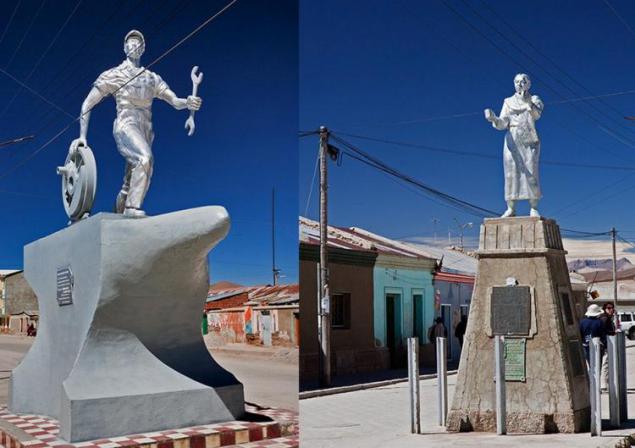
Monument locomotive
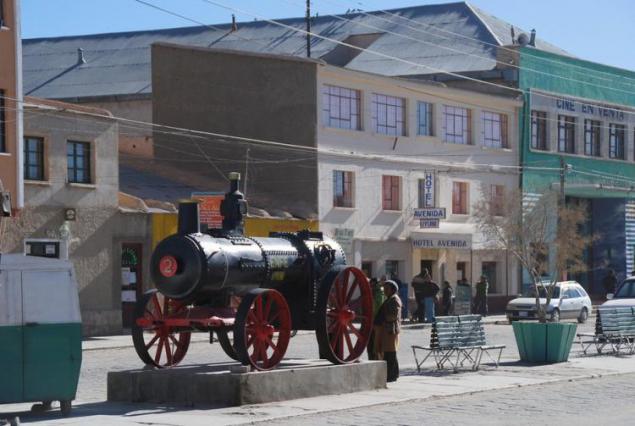
and trolley.

Custom sculpture Av. Ferroviaria.
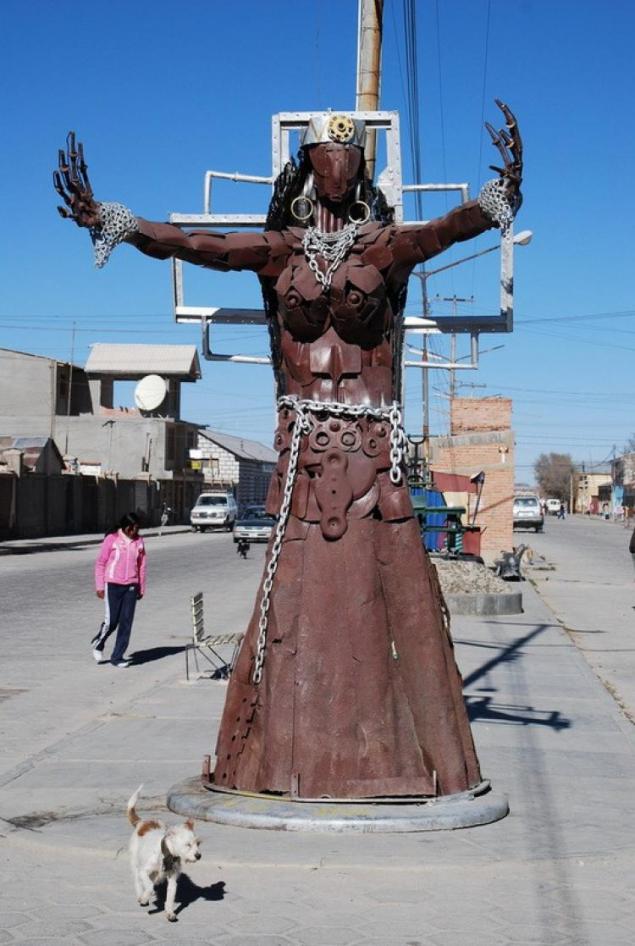
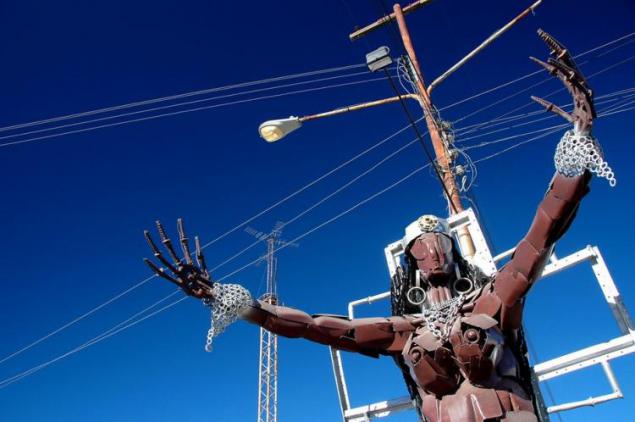
Another local attraction. Nearby there are geysers and volcanoes.
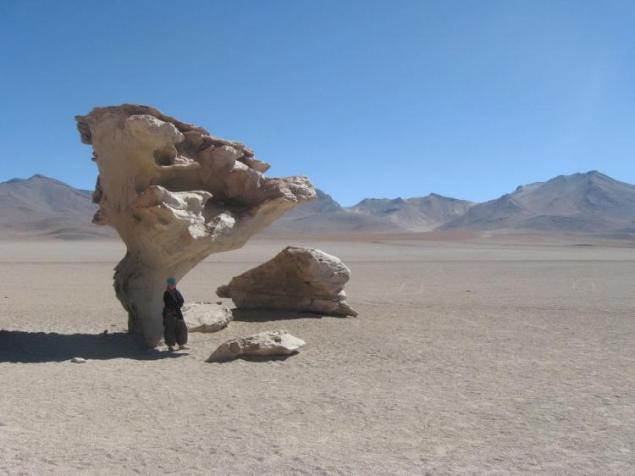
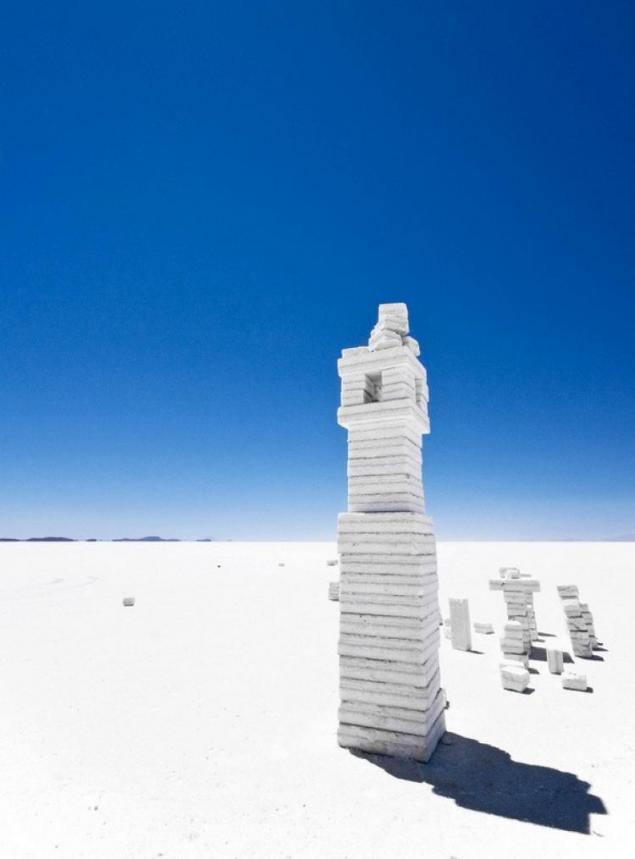

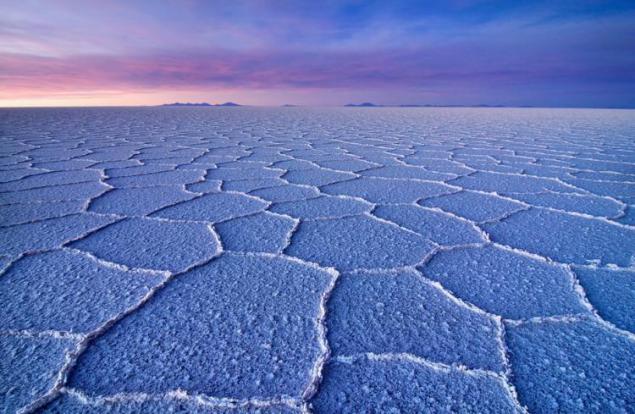
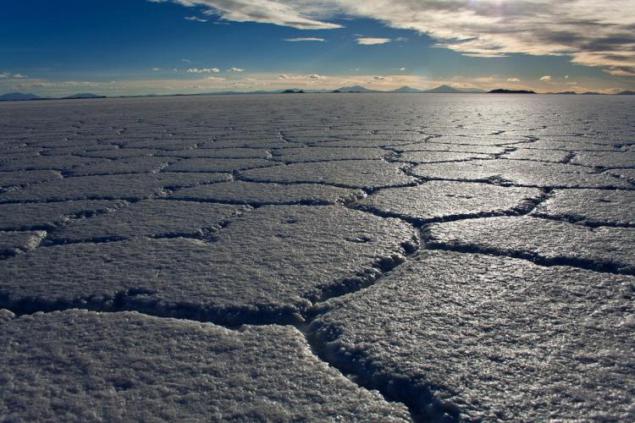
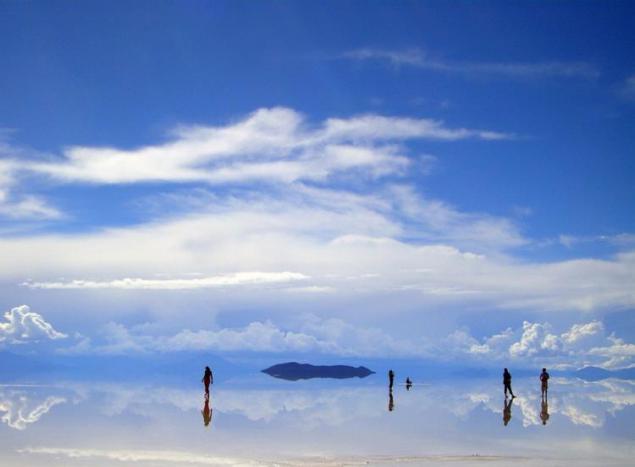

About 40 thousand. years ago, this area was part of Lake Minchin (which itself was allocated from the ancient lake Ballivyan). After it dries left two currently existing lakes Poopo and Uru Uru Lake, and two large salt marsh: the Salar de Uyuni and Koypasa. Uyuni area about 25 times larger than the area of the dry lake Bonneville in the US.



In the midst of endless space seems as if the mirror was on another planet or is the end of the world.



Due to the large size, flat surface and high albedo in the presence of a thin layer of water, as well as the minimum deviation of height, Salar de Uyuni is the perfect tool for testing and calibration of remote sensing instruments on orbiting satellites. Clear skies and dry air Uyuni allow to calibrate satellites five times better than if you had used the ocean surface.




After a trip solonchak car completely covered with salt and is subject to a total wash.

Due to its flat surface of Salar de Uyuni is the main transport route in the Altiplano. Next to the salt marsh is being constructed international airport capable of receiving long-haul aircraft. Its opening is planned in 2012.

In the center of the salt flats have salt hotel, and next here is the construction of salt blocks, which come from all over the world tourists placed the flags of their countries. KAKS see, there is the Russian flag.


Salar de Uyuni contains a supply of about 10 billion tons of salt, of which the annual production of less than 25 thousand. T.







Hotels here are built of salt, more precisely, from salt blocks. Tables, chairs, beds and other furnishings are also made of salt. And the walls are covered with ads polite request did not lick. Spend the night in a hotel is 20 dollars.






Salt restaurant. If suddenly the food would be salted insufficiently, and salt shakers will not close, you can lick the table.


Salt sculptures.



Despite the harsh conditions, this salt marsh grow several species of cacti, as well as live and breed rare species of hummingbirds, three types of flamingos, owls and other wildlife.



Every year in November at the Salar de Uyuni arrive on reproduction are three types of South American flamingos - Chilean flamingo, Andean flamingo and James flamingo.




Instead of sheep in these parts alpacas. Of alpaca make warm and soft comforters, blankets, clothing and fur items for the home. Alpaca fleece has all the features, but much lighter weight.


Rope tied seems to have been visible from afar.

One of the attractions of the marsh, which is also visited by tourists is the cemetery of steam locomotives, located near the ways Ferrocarril de Antofagasta a Bolivia in 3 km from the town of Uyuni. On the "cemetery" rest locomotives named railroad train of delayed from the service in 1950. When mining minerals in the surrounding mines plummeted. In 2006, the local government adopted a 15-year program of development of the region, one of the points which is the transformation of "cemetery" in the open-air museum.




Next to the salt marsh is titled mining town of Uyuni, famous for its monuments. Monuments workers:

Monument locomotive

and trolley.

Custom sculpture Av. Ferroviaria.


Another local attraction. Nearby there are geysers and volcanoes.






